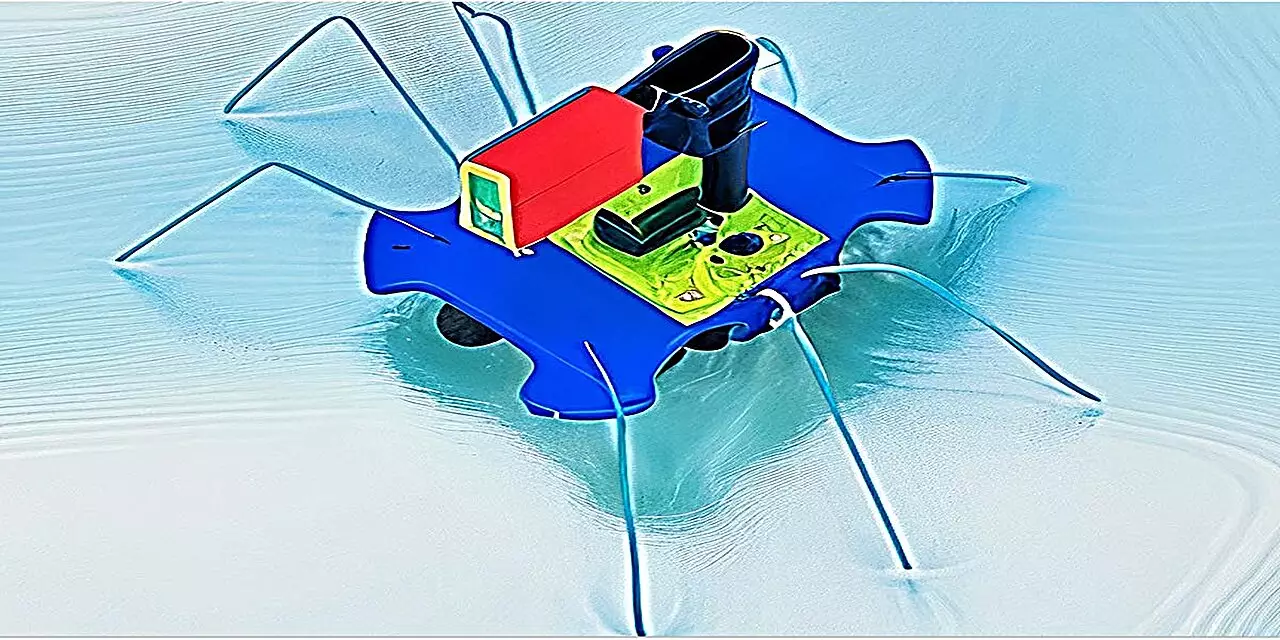Aquatic robotics have taken a significant step forward with the development of a self-powered “bug” by researchers at Binghamton University, State University of New York. This innovative technology has the potential to revolutionize the field of aquatic robotics and make a significant impact on how we collect and use data in aquatic environments.
The Challenge of Aquatic Environments
The need for autonomous nodes in aquatic environments is growing rapidly, with futurists predicting that more than one trillion nodes will be integrated into all human activities by 2035. However, the challenge lies in the fact that 71% of the Earth’s surface is covered in water, presenting critical environmental and logistical issues. To address these challenges, the U.S. Defense Advanced Research Projects Agency (DARPA) has initiated the Ocean of Things program, which aims to explore innovative solutions for collecting data in aquatic environments.
The Development of Self-Powered Bug
Professor Seokheun “Sean” Choi and his team at Binghamton University have been working tirelessly to develop bacteria-powered biobatteries with a potential 100-year shelf life. The self-powered bug developed by Choi, along with Anwar Elhadad and Ph.D. student Yang “Lexi” Gao, uses cutting-edge technology that leverages bacteria to generate power. Unlike traditional energy systems such as solar or kinetic, bacteria-powered biobatteries have proven to be more reliable under adverse conditions.
The self-powered bug utilizes a Janus interface, which features hydrophilic and hydrophobic sides to allow the intake of nutrients from the water and maintain them inside the device. This process fuels bacterial spore production, which generates power when environmental conditions are favorable. In adverse conditions such as extreme cold or limited nutrients, the bacteria revert to spores, extending the operational life of the device.
The self-powered bug has demonstrated the ability to generate close to 1 milliwatt of power, which is sufficient to operate the robot’s mechanical movement and various sensors. These sensors can track crucial environmental data such as water temperature, pollution levels, vessel movements, aircraft activity, and aquatic animal behavior. Unlike stationary sensors, the self-powered bug can be deployed to different locations as needed, providing a flexible and dynamic data collection solution.
Future Research Directions
Moving forward, the research team plans to investigate which bacteria are most efficient at producing energy under demanding ocean conditions. While common bacterial cells have been used in the current development, further study is needed to understand the microbial composition in ocean regions. Previous research has shown that combining multiple bacterial cells can enhance sustainability and power generation, opening up new possibilities for future innovations in aquatic robotics.
The development of the self-powered bug represents a significant advancement in the field of aquatic robotics. By harnessing the power of bacteria, researchers have created a versatile and efficient technology that can revolutionize how we collect data in aquatic environments. With further research and development, the potential for self-powered aquatic robots to drive innovation in environmental monitoring and data collection is promising.


Leave a Reply